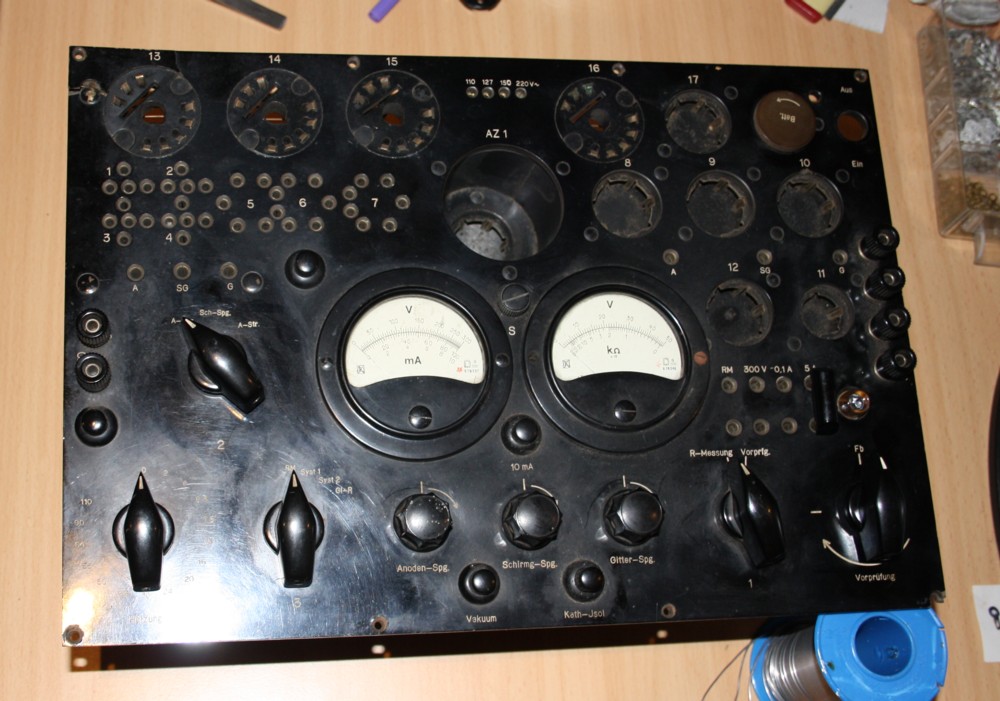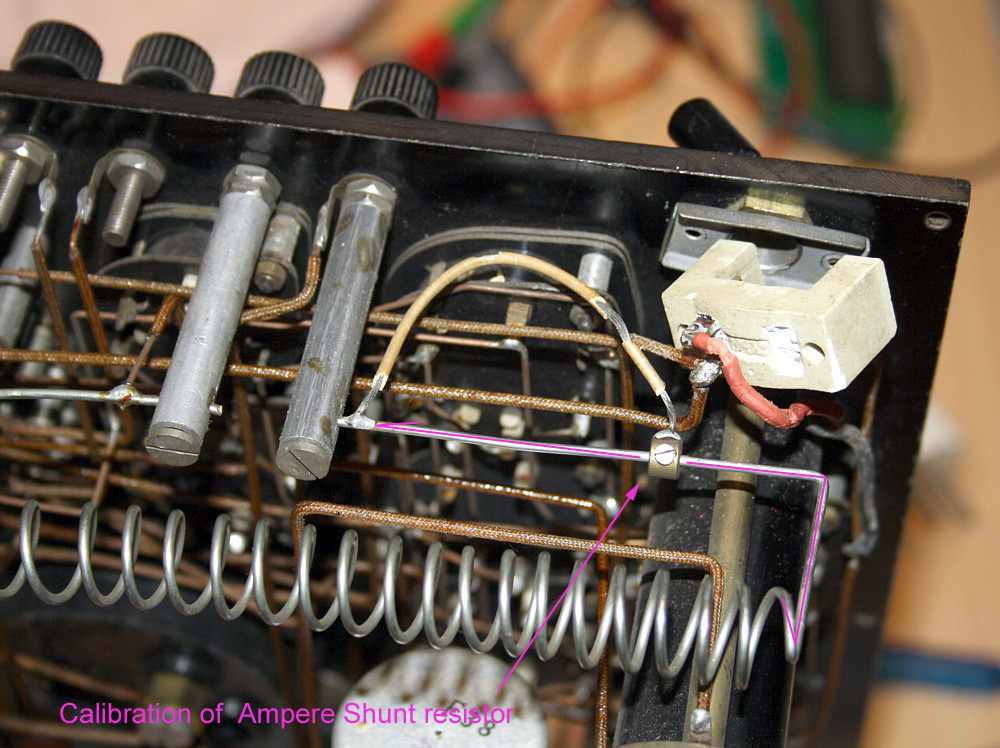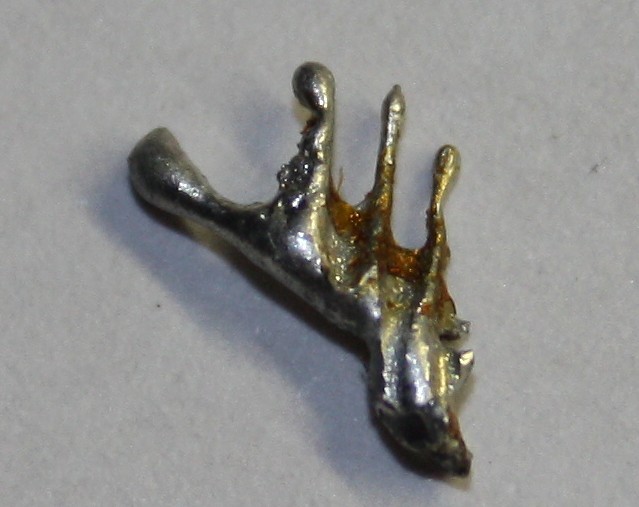Empty Page
HELIOWATT AG TUBETESTER

CALL FOR HELP! IF SOMEONE HAS ANY INFORMATIO ABOUT THIS TESTER, PLEASE LET ME KNOW.
When dealing with historical equipment, that also involves the period from 1935...1945. Sometimes I have tubes here with Swastika (Hakenkreuz) on it. And sometimes there is more behind it, than only a Swastika. I am not searching for information on this this, but on the other hand when it crosses my path, such as here, I will document it. I think this is in general the best way to deal with this darker part of German history. So trying to dig such things up for the purpose of it, is wrong to my opinion. Yet close your eyes for it, is even more wrong, because that leads to misunderstanding how and why things went.
So here is a bit of the sad background about my HELIOS tube tester, which I bought just out of interest, not knowing anything about it at that moment.
The Berlin, Germany company "Heliowatt" was owned by the Jewish engineer Aron. I read in the internet, he was put in a concentration camp in 1935. Because the brand name was easily recognized as a Jewish name, they reversed it and the brand was changed into NORA. Perhaps you know the Nora Radios, Ebay is full of it. The Nazis let Mr. Aron out of the concentration camp, after he "agreed" to sell his company for a silly price, via the Deutsche Bank to "Siemens Schuckert", and they let him escape to the USA. So even though the brand name was obsoleted for the radios, for this tube tester from 1938 (or perhaps 1939), I find the original name "Heliowatt" in use still. I try to find out, why this is. So I don't have the complete history here. If somebody has some corrections, I will be glad to place them here.

Also I found this picture in the internet, indicating a family member of his was murdered in 1941.
What you see here, is a metal brick, put inside the pavement in front of houses were deported people have lived.
This tester I bought on Ebay for just 10 Euro, as it was advertised as defective. I have been able to find only information about the company Heliowatt, but nothing about the tester itself. The only thing I can say, it was made in 1938 or later, as I found this date code on the original electrolytic capacitor.

The case was incomplete, and the deck plate is cracked at the corners. Yet the tester is a very nice one, since it has adjustable grid voltage, adjustable Screen grid and adjustable anode voltage, all DC voltages. The rectifier tube (where it says AZ1) can be exchanged from the tube deck itself, and the tube glow shows you the tester is "on". Same as with 1925 radios. Very nice.
From my first impression, this tester was designed with care and real interest in getting a fine product. All things I see, are like... how I would have done so myself. It has a very good shorts test. That way to do it, I have never seen before. A very simple switch, and it tests all things needed. Comparing this to the Neuberger system, the Heliowatt system is much more simple build, and it does the same. A very clever way.
Yet mechanically one can see, it is 99% mature, so just not 100%. Like mounting this heavy transformer on three screws only. It am not surprised it was damaged just at that place. So it may be the first of it's kind, and with the war starting one year after this tester was produced, a follow up model was likely never made. So this can be a real rare item. Who knows, only very few were ever made. After the war began, they sure were forced to make other things than tube testers. So yes I think it may be very rare. Very few will exist today, specially not in such well preserved condition. No fungus, no rust, no oxide, all clean inside parts. Unbelievable this item is from 1935 or so. Only inside the tube sockets is oxide, and two are damaged, but these can be bought on Ebay still.
Luckily, the wiring soldering was done very nicely, with a good quality solder, and none-aggressive flux. Wiring is all cotton braided sleeve, with very few exceptions.
So all together, I will be able to bring this tester in top condition, just the lid is missing, and no manual
It has a build in multi meter, as most good tube testers had during those days, and precision of the multimeter was very good without repairing anything. The multimeter ohms function is battery operated, so it could be used as a portable multimeter too.

The spiral you see, is for the 5 Amps meter function. It has an shorted loop, to calibrate it. I am going to do that later. First now, the loop wire must be repaired, and then the 220 Volts switch. All inside piece parts are still good, so I will be able to fix that. Well, and then comes the switching on of the tester. The Electrolytic cap doesn't test well, but let's just try later, if I can regenerate it or not. First I am going to try only the tube heaters, and leave away the rectifier tube.
Quality Control
 Here is a curiosity. From the side of the transformer I could see, a solder drop fell in, during production. It was really a nasty job to pick it out, but after I had it, this appeared a good thing to do, as it was directly touching the transformer windings, as you can see from the fork-like imprint. So it was only the windings isolation paint, that prevented the short circuit so far. Interesting to remove this potential problem after almost a century.
Here is a curiosity. From the side of the transformer I could see, a solder drop fell in, during production. It was really a nasty job to pick it out, but after I had it, this appeared a good thing to do, as it was directly touching the transformer windings, as you can see from the fork-like imprint. So it was only the windings isolation paint, that prevented the short circuit so far. Interesting to remove this potential problem after almost a century.
TO BE CONTINUED!